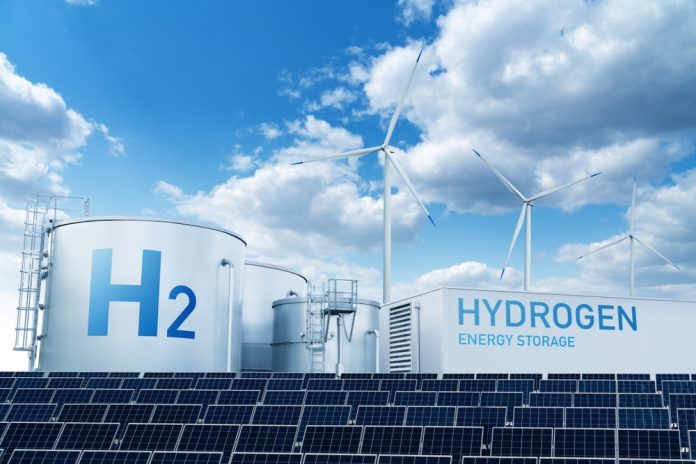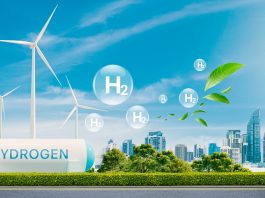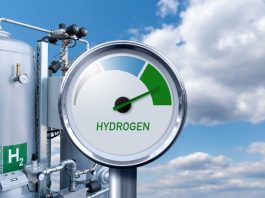The United Sates Department of Energy (DOE) has unveiled a groundbreaking $2.2bn investment in two Regional Clean Hydrogen Hubs.
These hydrogen hubs—the Gulf Coast H2Hub in Texas and the Midwest H2Hub spanning Illinois, Indiana, Iowa, and Michigan—aim to accelerate the deployment of clean hydrogen at a commercial scale, fostering significant economic and environmental benefits.
Clean hydrogen: A game-changer for energy and emissions
Clean hydrogen, a versatile energy carrier, offers a transformative solution for reducing carbon emissions in high-impact industries.
Produced using renewable resources, nuclear energy, or fossil fuels with carbon capture, it boasts the potential for near-zero emissions.
By integrating hydrogen into sectors like heavy-duty transportation, chemical manufacturing, and energy storage, the DOE’s initiative could decarbonise some of the most energy-intensive areas of the economy.
The adoption of clean hydrogen supports US energy independence, strengthens domestic manufacturing, and facilitates the expansion of renewable power systems.
Its flexibility also makes it a key player in long-term energy storage solutions, helping stabilise renewable energy outputs and enhancing grid reliability.
Gulf Coast Hydrogen Hub: Powering the energy transition
Led by HyVelocity, the Gulf Coast Hydrogen Hub will harness Texas’ abundant renewable resources and natural gas reserves to drive down hydrogen production costs.
By employing advanced electrolysis and carbon capture technologies, this hub aims to create a robust supply-and-demand ecosystem. Its success is anticipated to catalyse regional decarbonisation and contribute to a cohesive national hydrogen network.
This initiative is projected to generate approximately 45,000 direct jobs, revitalising the local economy while paving the way for scalable hydrogen solutions across the country.
The Gulf Coast Hydrogen Hub’s innovative approach positions it as a critical linchpin in the DOE’s vision for clean hydrogen expansion.
Midwest Hydrogen Hub: Decarbonising industrial heartlands
The Midwest Hydrogen Hub, spearheaded by the Midwest Alliance for Clean Hydrogen (MachH2), will leverage the region’s diverse energy resources, including wind, nuclear power, and natural gas.
Focused on reducing emissions in steel and glass production, refining, manufacturing, and heavy transportation, this hub will serve as a cornerstone for industrial decarbonisation in the Midwest corridor.
Expected to create 12,000 direct jobs, the Midwest clean hydrogen hub will also support cleaner energy practices in a region historically reliant on traditional industrial processes.
This hub exemplifies the integration of renewable and low-carbon energy solutions into large-scale applications, helping the US achieve critical decarbonisation milestones.
Driving the hydrogen economy
These two new hubs join a network of five previously announced H2Hubs under the DOE’s ambitious programme established by the Bipartisan Infrastructure Law.
Together, these hubs aim to produce millions of metric tons of hydrogen annually, supporting the nation’s 2030 production targets.
By reducing tens of millions of metric tons of CO2 emissions each year—equivalent to the pollution from millions of gasoline-powered cars—the clean hydrogen hubs will play a crucial role in addressing climate change.
Moreover, the DOE’s investment is designed to spark private sector contributions, amplifying the total economic impact and positioning the US as a global leader in the clean hydrogen economy.








